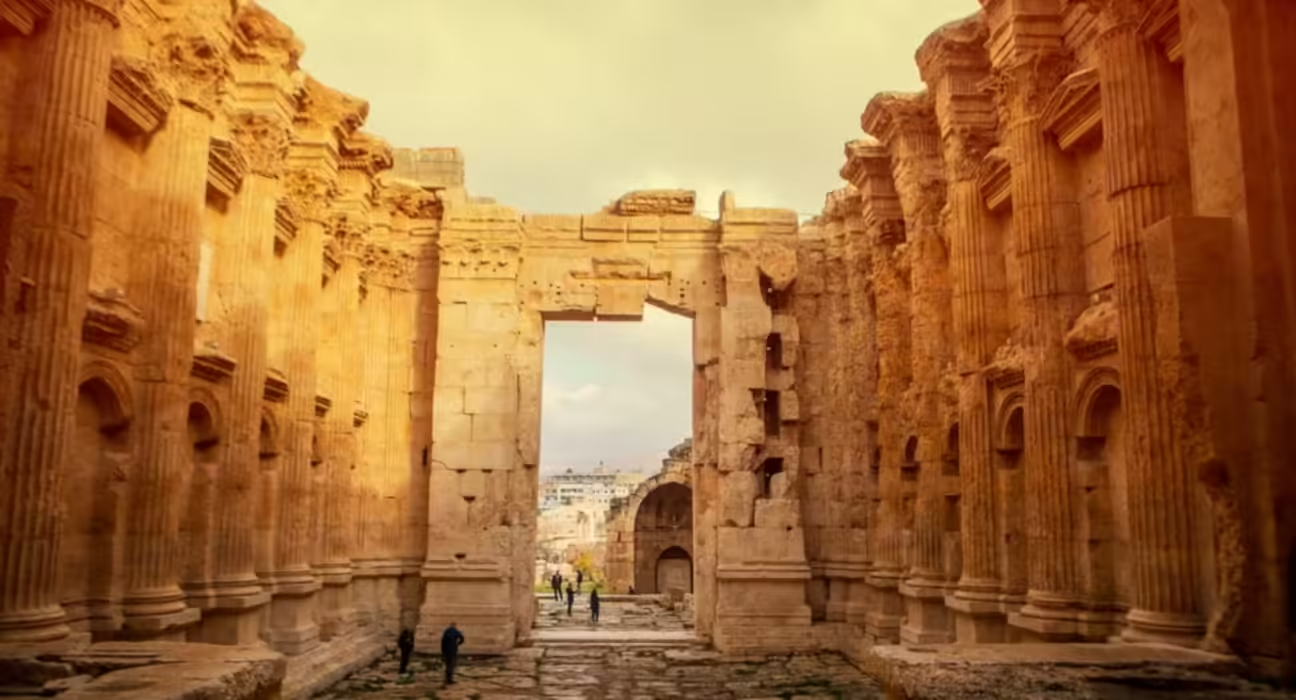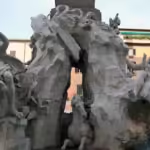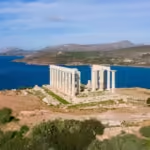The Temple of Bacchus stands as a testimony to the grandeur and artistic genius of ancient Rome. Located in Baalbek, Lebanon, this remarkable structure is not merely a site of historical significance; it embodies the intersection of culture, art, and spirituality that defined an era. As one of the best-preserved Roman temples globally, the Temple of Bacchus invites visitors to dive deep into a world where mythology and reality intertwine seamlessly.
The Architectural Marvel of the Temple of Bacchus
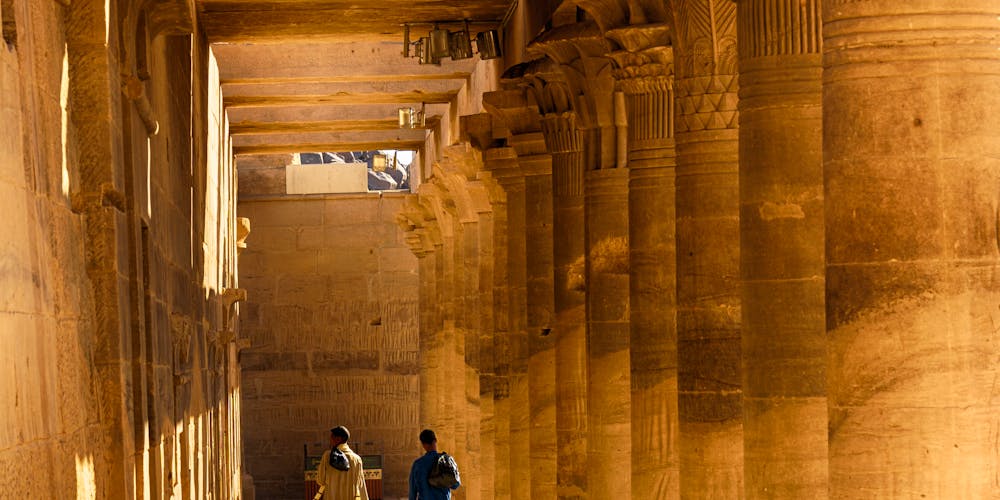
The architectural beauty of the Temple of Bacchus is nothing short of astounding. Its construction showcases the engineering prowess of ancient Romans and their devotion to craftsmanship. The temple is characterized by its monumental scale, richly decorated facades, and intricate carvings, each element telling a story that transcends time.
Structure and Design

The design of the Temple of Bacchus is a marvel in itself, representing the pinnacle of Roman architecture.
From the moment you approach the temple, you are greeted by its colossal columns, which soar majestically towards the sky. Each column, intricately carved and masterfully erected, creates an illusion of grandeur and permanence.
The temple’s facade is adorned with reliefs that depict scenes from mythology, gods, and nature, showcasing the Romans’ profound appreciation for artistry and symbolism. Engaging with these elements invites exploration not only of the physical structure but also of the cultural narratives that fuelled Roman life.
Symbolism and Decoration
Upon entering the Temple of Bacchus, one cannot help but be drawn to the intricate artwork that envelops the space.
The decorative motifs are a celebration of nature and fertility, reflecting the deity Bacchus’s dominion over wine, festivity, and rebirth.
Each carving is infused with layers of meaning, resonating with the spiritual beliefs of ancient Romans who sought connection with the divine through rituals held within these hallowed walls. The use of floral designs alongside mythological creatures reinforces the link between the natural world and the divine, urging visitors to reflect on humanity’s relationship with nature.
Preservation and Restoration Efforts
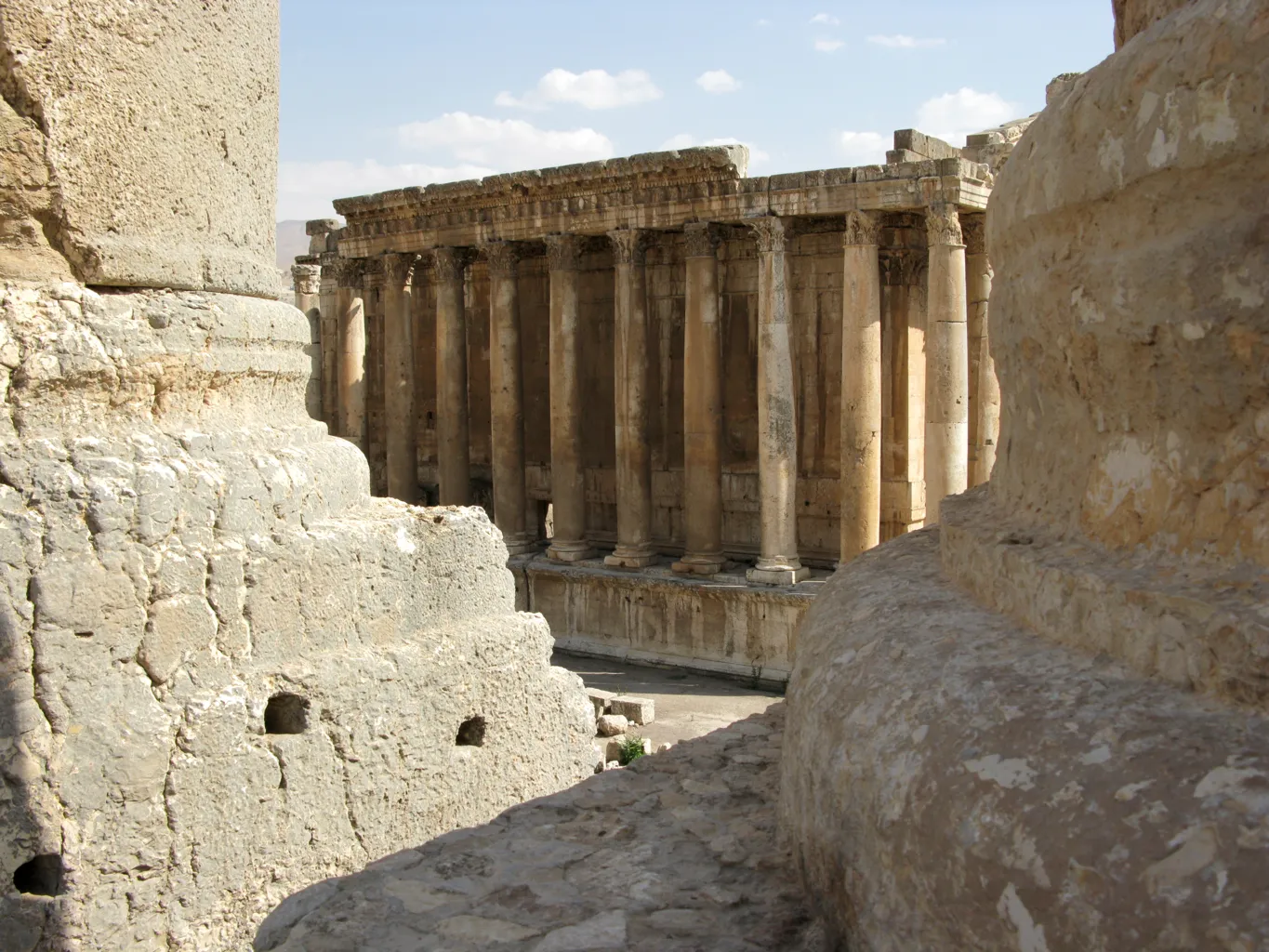
Despite the passage of centuries, the preservation of the Temple of Bacchus has been a collective effort by various organizations and governments.
Challenges faced include natural erosion, human activities, and the impacts of tourism, which have all posed risks to the site’s integrity.
Efforts to restore and maintain the temple involve specialists working tirelessly to ensure that future generations can appreciate this architectural marvel. This ongoing commitment to preservation speaks volumes about the value placed on cultural heritage and the responsibilities we hold in safeguarding our history.
The Cultural Significance of the Temple of Bacchus

The Temple of Bacchus is more than just a physical structure; it serves as a crucial cultural landmark deeply intertwined with the region’s history.
This temple stands at the intersection of various civilizations, echoing tales of gods, religion, and power dynamics that shaped the ancient world.
By examining the cultural context surrounding the temple, we can gain insight into how religion and politics intermingled during the Roman Empire’s height.
Religious Practices and Rituals
The Temple of Bacchus was once a vibrant center for religious practices dedicated to the god of wine.
Rituals associated with Bacchus often involved ecstatic celebrations, music, dance, and offerings that sought to invoke divine blessings.
Exploring these religious customs reveals how the ancients understood the cosmos, as they viewed their lives as interconnected with the whims of deities. Such practices fostered a sense of community and belonging, illustrating the temple’s role as a vital social hub.
The Influence of Politics and Power

Situated within a complex of temples, the Temple of Bacchus reflects the political landscape of the time.
Baalbek served as a strategic site, controlled by different empires throughout history, including the Romans and later Islamic dynasties.
The temple symbolizes the might of the Roman Empire, serving both as a religious site and a propaganda tool demonstrating their dominance. The ability to construct such grandiose structures communicated power, control, and an understanding of the importance of public perception in maintaining authority.
A Crossroad of Civilizations
Over centuries, the Temple of Bacchus has witnessed countless civilizations pass through Baalbek, each leaving an indelible mark on its legacy.
As trade routes flourished and travelers flocked to the region, the temple became a melting pot of cultures.
This blend of influences enriches the narrative surrounding the temple, showcasing how interactions between diverse groups can lead to an amalgamation of ideas, beliefs, and artistic expressions. The enduring legacy of Bacchus transcends its origins, inviting us to consider how cultural exchange shapes our collective memory.
The Temple of Bacchus in Modern Times
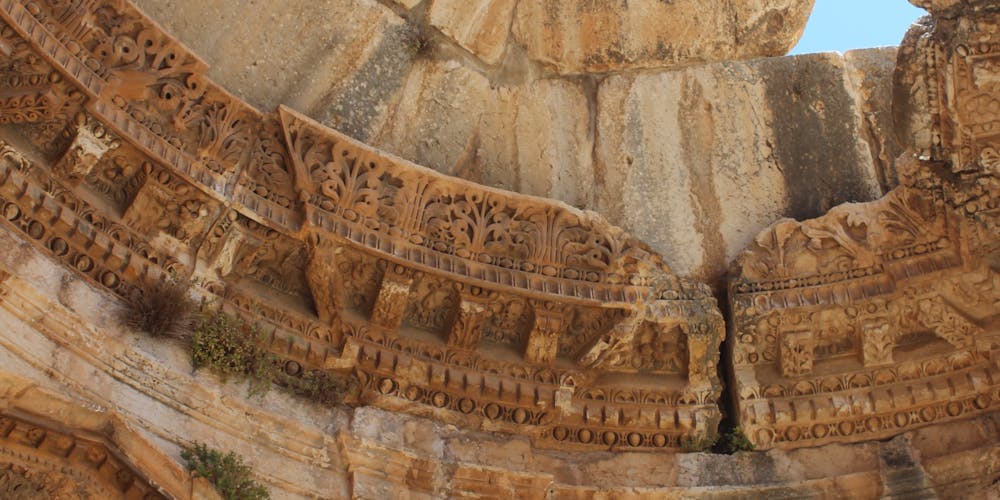
In the contemporary world, the Temple of Bacchus finds itself at a crossroads where past and present collide.
As a UNESCO World Heritage Site, it garners attention from scholars, archaeologists, and tourists alike, eager to uncover the stories hidden within its stone walls.
Yet, being a popular tourist destination also presents challenges that necessitate careful navigation to preserve its essence for future generations.
Tourism and Economic Impact

The influx of tourists to Baalbek contributes significantly to the local economy, providing essential income and opportunities for preservation projects.
However, the challenges associated with increased foot traffic cannot be overlooked.
Balancing economic benefits with conservation efforts requires innovative solutions—such as guided tours, visitor limits, and educational programs—that inform tourists while maintaining the site’s integrity. Engaging visitors meaningfully allows them to appreciate the temple’s significance beyond mere aesthetics, fostering a greater respect for history.
Education and Awareness

Educating the public about the importance of the Temple of Bacchus plays a crucial role in its preservation.
By creating awareness campaigns focused on its historical and cultural significance, stakeholders can cultivate a sense of stewardship among visitors.
Exhibitions, workshops, and lectures can deepen understanding, transforming casual observers into advocates for preservation. When individuals recognize the impact of their actions, they become more likely to contribute positively to the site’s longevity.
Challenges and Future Prospects
The future of the Temple of Bacchus hinges on collaborative efforts among governments, NGOs, and local communities.
Facing threats ranging from environmental factors to socio-political tensions, the need for robust protective measures is paramount.
Investing in research and sustainable tourism practices ensures that this architectural gem remains resilient against the trials of modernity. Through collaboration and innovation, we can aspire to create a future where the Temple of Bacchus continues to inspire awe and reverence.
Conclusion
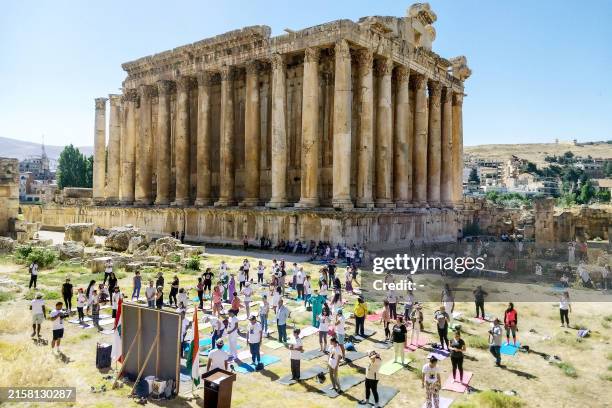
The Temple of Bacchus is not just a relic of the past; it is a living testament to the complexities of human civilization.
Its grandeur, artistry, and rich cultural significance encapsulate the spirit of an era that continues to resonate today.
As we honor the legacy of the temple, we must remain vigilant stewards of our cultural heritage, ensuring that future generations can immerse themselves in the stories it holds. In doing so, we celebrate not only the magnificence of the Temple of Bacchus but also the enduring thread of human creativity and connection woven throughout history.
✉️ Stay Connected — Subscribe for Weekly Updates
Discover timeless stories, practical wisdom, and beautiful culture — delivered straight to your inbox.
*We only share valuable insights — no spam, ever.




